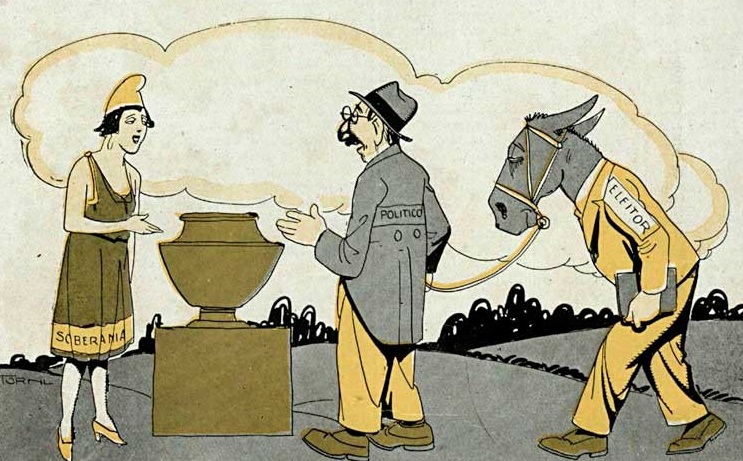The Evolution of German Architecture: Past, Present and Future
German architecture is known for its rich history and stylistic diversity. Over the centuries, Germany has been home to many significant architectural movements, from Gothic architecture to modern sustainable approaches. In this article, we will explore the evolution of German architecture, highlighting its past, its current state and its future prospects.
Past: Gothic and Renaissance Architecture
The history of architecture German architecture dates back to the medieval period, when Gothic architecture flourished. Gothic cathedrals, such as Cologne Cathedral and Ulm Cathedral, are iconic examples of this architectural style. These impressive structures are characterized by their soaring vaults, colorful stained glass windows, and ornate details.
During the Renaissance, German architecture was influenced by Italian artistic movements. Architects such as Albrecht Dürer and Hans Holbein the Younger brought new architectural ideas and techniques to Germany. However, Renaissance architecture never achieved the same popularity as in Italy.
Present: The Bauhaus School and Modern Architecture
Germany played a crucial role in the formation of modern architecture, thanks to the Bauhaus School movement. Founded in 1919 by Walter Gropius, the Bauhaus School revolutionized the way architecture was taught and practiced. The emphasis on functionality, simplicity and the use of industrial materials marked the beginning of a new era in German architecture.
Mies van der Rohe, one of the main exponents of the Bauhaus School, developed the concept of “less is more”. His famous phrase summarizes the idea of simplifying forms and eliminating unnecessary elements in architecture. The architectural style known as Neues Bauen (New Building) gained popularity in Germany during the period between the two world wars.
Future: Sustainability and Innovation
German architecture of the future is increasingly focused on sustainability and innovation. With increasing environmental awareness, architects are looking for eco-friendly solutions in their projects. Germany has been a leader in this trend, with the development of smart buildings, renewable energy and eco-conscious building materials.
A notable example of sustainable architecture is the Frankfurt International Energy Park. This innovative project combines intelligent energy use, efficient air conditioning systems and digital technology integration to create a self-sustainable urban environment.
Another emerging trend in German architecture is the adaptation of historic buildings for contemporary purposes. Old warehouses and factories are transformed into modern spaces, often preserving original architectural elements. This approach combines respect for history with the need for functional spaces in the present.
Conclusion
German architecture has undergone a remarkable evolution, from the Gothic and Renaissance styles to the modern and sustainable architecture of the present. With a strong historical foundation, Germany continues to influence and shape architecture globally. The pursuit of sustainability and innovation promises an exciting future for German architecture.
Common questions:
1. What is the distinctive feature of German Gothic architecture?
German Gothic architecture stands out for its impressive height, elaborate vaults and colorful stained glass windows. Gothic cathedrals, such as Cologne Cathedral, are iconic examples of this style.
2. Who was the founder of the Bauhaus School?
Walter Gropius was the founder of the Bauhaus School, a movement that revolutionized architecture and design in the 20th century.
3. What does Mies van der Rohe's concept “less is more” mean?
“Less is more” is a concept developed by Mies van der Rohe, who advocates the simplification of forms and the elimination of unnecessary elements in architecture.
4. What is the emerging trend in German architecture?
The adaptation of historic buildings for contemporary purposes is an emerging trend in German architecture. Old warehouses and factories are transformed into modern spaces, preserving original architectural elements.
5. What does the future hold for German architecture?
The future of German architecture will be marked by sustainability and innovation. Architects are increasingly employing eco-friendly solutions in their projects, as well as adapting historic buildings for contemporary purposes.
Reference: Wikipedia – German Architecture




